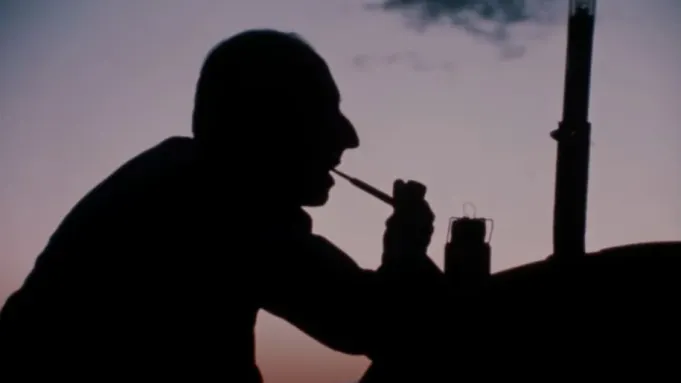
Telluride Review: Nat Geo’s ‘Becoming Cousteau’
The multiple generations who grew up mesmerized by the underwater cinematic adventures of Jacques-Yves Cousteau will be able to learn a good deal more about the man’s life and work in Becoming Cousteau. Among the many gifts of Liz Garbus’ filled-to-the-gills documentary is the way it positions the French explorer as an initially unwitting pioneer of the environmentalist movement, which took shape in his literal wake. This National Geographic Films production, set to bow in October after its Telluride Film Festival premiere, will add much to older audiences’ appreciation of the man’s achievements, while younger viewers will learn how he changed perceptions of the sea beneath in profound ways.
Kids who grew up watching Lloyd Bridges in Sea Hunt on television in the late ’50s and early ’60s had no idea that swimming with the fishes for prolonged periods unattached to long oxygen tubes was unheard of in their parents’ generation. The first of many surprises in this account of the French seafaring explorer’s life is that Cousteau himself co-invented the Aqua-Lung, a wearable air tank that allowed for prolonged deep dives unconnected to tubes from the surface. It went on the market in 1946.
It was only by accident that the young Frenchman ended up in the water in the first place. After joining the French navy in 1935, Lt. Cousteau broke 12 bones in an accident and found that frequent swimming sped his recovery. Two others then joined him in some pioneering underwater photography, and the desire to go ever-deeper led Cousteau to “become an inventor by necessity.”
The “Three Diving Musketeers” developed air tanks that allowed them to go down an unheard-of 60 meters without a suit, but then one of them died at 120 meters. Lead-souled shoes enabled the explorers to stay down on the sea floor, and for several years diving provided something of a respite from the war raging above and around them.
An amateur cinematographer from his early teens, Cousteau kept developing new ways to photograph underwater and, in 1951, with the assistance of charitable contributions and volunteers, he was able to purchase a boat, the Calypso, which for years served as his home base.
Early on he engaged Louis Malle as a camera operator, which led to a collaboration that produced Le Monde du Silence (The Silent World), the first documentary to win the Palme d’Or at the Cannes Film Festival, in 1956. It subsequently copped an Oscar and was a big hit internationally.

